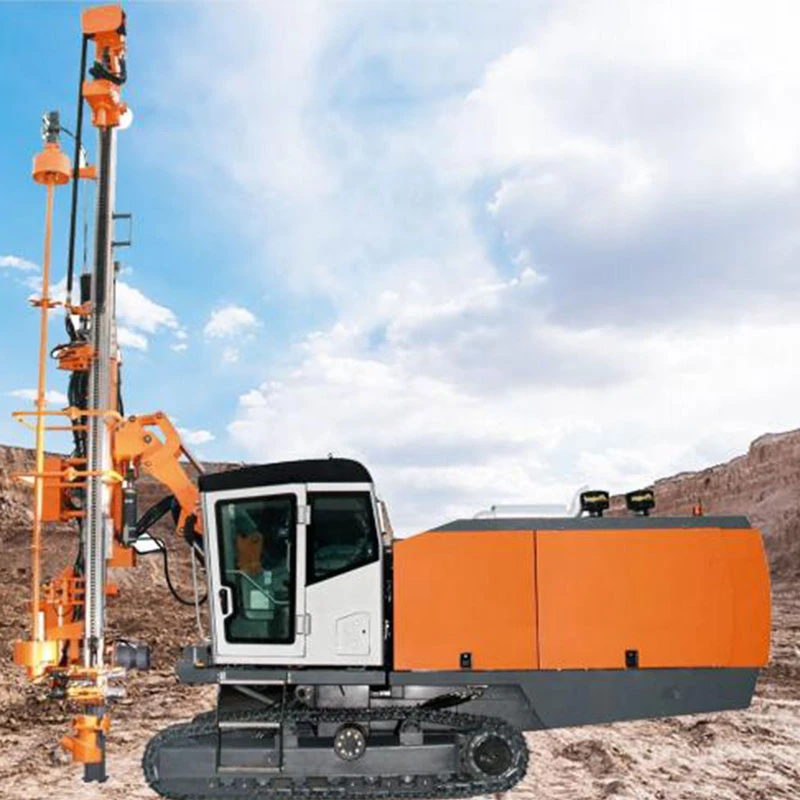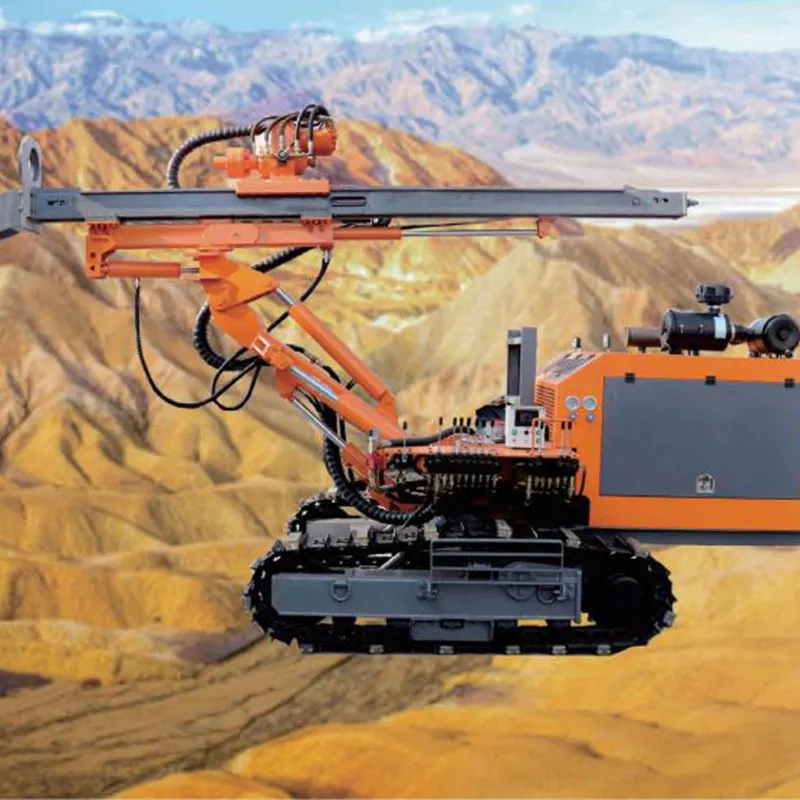- Afrikaans
- Albanian
- Amharic
- Arabic
- Armenian
- Azerbaijani
- Basque
- Bengali
- China
- China (Taiwan)
- Czech
- Danish
- Dutch
- English
- French
- German
- Greek
- Gujarati
- Haitian Creole
- hausa
- Miao
- Hungarian
- igbo
- Indonesian
- Italian
- Japanese
- Javanese
- Rwandese
- Korean
- Kyrgyz
- Lao
- Lithuanian
- Luxembourgish
- Macedonian
- Malgashi
- Malay
- Mongolian
- Myanmar
- Nepali
- Norwegian
- Persian
- Polish
- Portuguese
- Punjabi
- Russian
- Spanish
- Swahili
- Swedish
- Telugu
- Vietnamese
Jan . 31, 2025 03:24 Back to list
types of drill rods


In oil and gas exploration, coiled tubing drill rods present a modern solution with substantial benefits. These continuous, flexible pipes can be inserted into wells without needing traditional drill pipe connections. Coiled tubing is particularly useful for underbalanced drilling, where maintaining pressure control is critical. Its continuous nature simplifies operations and reduces the risks associated with handling and connecting conventional rods. Choosing the right type of drill rod involves understanding the specific requirements of the drilling operation. Factors such as the material to be drilled, the required depth, environmental conditions, and the drilling method to be used are all pivotal in determining the appropriate rod type. Additionally, the choice of drill rod can impact the overall cost-effectiveness of the project, as the right rod type enhances operational efficiency and minimizes equipment wear and downtime. Advanced technological innovations are continuously improving the performance and capabilities of drill rods. Manufacturers are focusing on integrating new materials such as composites and advanced alloys to offer increased durability and reduced weight. Moreover, precision engineering ensures that modern drill rods can meet the demands of high-performance drilling, including higher rotation speeds and more extreme environmental conditions. In conclusion, understanding the capabilities and applications of different drill rods is essential for optimizing drilling operations, ensuring safety, and achieving cost-effectiveness. By selecting the right type of drill rod, operators can improve their operational efficiency, mitigating the risks associated with drilling in challenging environments. As technology progresses, the evolution of drill rods will undoubtedly continue to transform the landscape of drilling, offering ever more innovative solutions to meet the industry's complex demands.
-
Low-Cost Borehole Drilling Machine for Small-Scale Projects
NewsJul.11,2025
-
Carbide Bullet Teeth for Abrasive Formations: Powering Industrial Drilling Efficiency
NewsJul.11,2025
-
Advantages of Down-the-Hole Drill Bits in Geothermal Projects
NewsJul.11,2025
-
Hole Hammer Use in Water Well Drilling
NewsJul.11,2025
-
Benefits of a Mobile Diesel Compressor in Construction
NewsJul.11,2025
-
Benefits of Diesel Portable Screw Air Compressors
NewsJul.11,2025

















